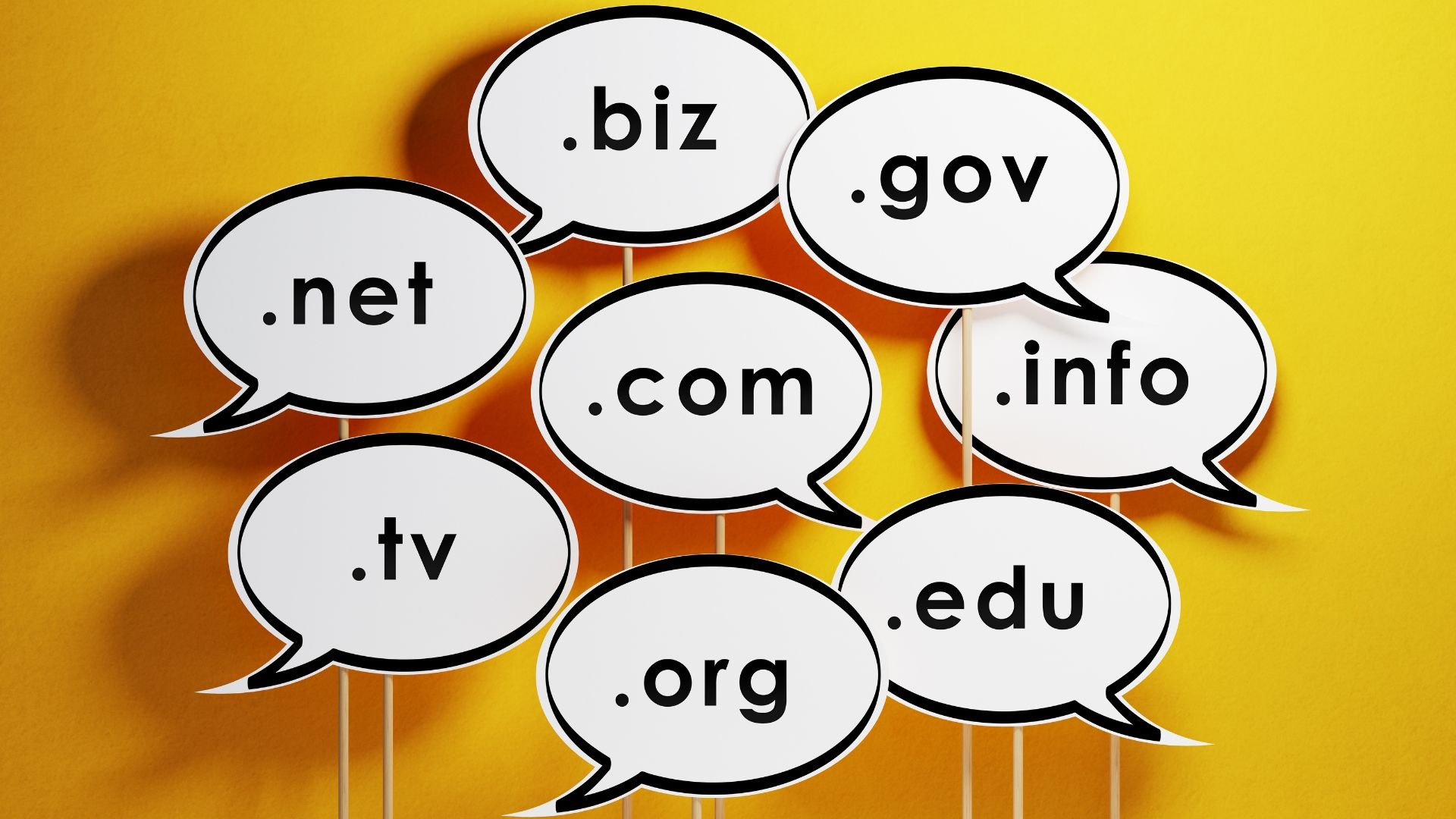If you’re new to digital marketing, you may be unfamiliar with backlinks. These essential elements affect the quality of any website’s search engine optimization (SEO). In short, a backlink is any hyperlink that points back to a website from another domain. They’re often used to cite sources, provide useful details, or recommend valuable content to users. Here’s a quick primer on what backlinks are and why they’re so important for SEO.
SEO Backlinks
Google’s search engine algorithm, a complex version of PageRank, ranks websites based on hundreds of factors. One major ranking factor is a website’s number of backlinks (inbound links). In general, those with more backlinks often receive higher organic search rankings.
Backlinks are important because they signal value, quality, and credibility. Think of them as votes of approval from other individuals and organizations. For instance, if someone enjoys one of our posts and wants to give us credit for it, they would (hopefully) link back to our website within their own original content. That way, their users can easily find us online. Plus, if it’s a “follow” link, Google is more likely to transfer some of the linking domain’s authority to our website.
Domain Authority (DA) and backlinks go hand-in-hand. The quality and variety of a website’s backlinks directly affect its own DA. While DA isn’t a true Google Search ranking factor, it’s a relatively good metric for predicting how likely a website is to rank compared to competitors.
Types of Backlinks
There are several common types of backlinks on the internet today. Some directly contribute to a website’s Google Search rankings, but others don’t. Knowing the difference between distinct types of backlinks can empower you to improve your website’s overall
SEO strategy.
1. Follow Links
These links technically “pass PageRank” from one domain to another. Follow or “DoFollow” links directly affect a website’s Google Search rankings. That’s why we consider them the gold standard of SEO backlinks, especially if they're organic, relevant, and authoritative.
2. Nofollow Links
By contrast, these links don’t pass PageRank between domains. Nofollow links look like any other link at first glance, but they carry a hidden tag in their HTML code that tells Google not to crawl them. They generally come from internal links, online directories, and social media networks.
While having nofollow links pointing to your website won’t directly boost its search rankings, they’re still helpful for user trust, organic traffic, and link profile diversity. A website link profile of 100% follow links is misleading, so we recommend maintaining at least 10% nofollow links.
3. Organic Links
Building organic follow links is one of the best ways to improve any website’s SEO. These spontaneous, often user-generated, links are free gestures of goodwill, and they tell both Google and website visitors that the linked website is valuable and credible.
4. Paid Links
As you may guess, paid links aren’t organic. Instead, they’re bought with the hope of quickly improving a website’s traffic or even search rankings. Paid links should always include nofollow tags as to not pass PageRank from the linking domain. This is because Google want to reward earned, organic backlinks, not sponsored content. In fact,
paid follow links violate Google’s Webmaster Guidelines, and they may negatively impact the linked domain’s search rankings.
What Is a Good Backlink?
If you’re working on your website’s SEO, then you’ll want to build a diverse profile of high-quality backlinks. This will signal to Google that your website is worth ranking over competitors for relevant keywords. But how do you know what is a good backlink and what simply isn’t?
Backlinks don’t exist in a vacuum. They contribute to a website’s overall link profile, which can be checked using a variety of free and paid SEO tools. Ahrefs allows you to easily explore any website’s link profile with their backlink checker. Tools like this and Moz’s Domain Authority are essential for evaluating the quality of any current or potential backlinks.
Organic follow links from high-authority domains are excellent, and more are always better. A single backlink from a high DA domain is likely to be more valuable than dozens of links from brand-new websites. Nofollow backlinks, especially from high DA domains, are also good because they help to diversify a website’s link profile. The only “bad” backlinks are those that clearly break the rules, like paid follow links. Let’s review some of the main components of good backlinks.
1. Authoritative Domains
An authoritative domain (high DA) is recognized and respected within its particular industry. If that website links back to yours, it’s essentially a vote of approval. These links are always welcome when it comes to SEO, especially if they’re organic and follow-tagged. Keep in mind that authority backlinks are tough to earn and rarely occur by accident. They’re almost always the result of insight, dedication, and high-quality original content that catches someone’s attention.
2. Relevant Sources
Relevance is critical for good SEO backlinks. However, it isn't just helpful for Google Search rankings. Even nofollow backlinks from relevant third-party websites can boost organic website traffic, improve user experience, and help drive conversions.
Backlinks are like roads between digital destinations. If the two linked websites have something in common, such as a shared industry or passion for community outreach, visitors who are interested in one are much more likely to be intrigued by the other. We call this qualified traffic, and it’s always preferable over unqualified traffic.
Put yourself in a user’s shoes and consider their reaction to an irrelevant link. They’re unlikely to see your website positively, even if the bad link wasn’t your doing. They’ll probably leave immediately, negatively affecting your website’s bounce rate.
3. Diverse Link Profile
A strong link profile includes a large variety of referring domains. This means your backlinks are coming from a wide selection of different websites. If you’re constantly getting backlinks from the same domains, you likely won’t have enough variety in your link profile to truly smash your SEO goals. Backlinks from new domains, even if they aren’t the most authoritative, will significantly improve the diversity of your link profile. Always consider this when evaluating your SEO backlinks and whether or not they’re a good fit.
4. Varied Anchor Text
For the most part, it’s tough to control the anchor text a third-party website uses in your backlinks. Regardless, try to aim for as much variety as possible. Backlinks anchored to company name and website URL are fairly common, but those connected to high-value keywords are usually better.
One way to gain varied backlink anchor text is to improve your website’s content. Focus on your product or service pages, and consider breaking them into separate pages if you haven’t already.
Regularly publish keyword-centered blog posts that provide insight and value for visitors. Share your content on social media platforms and within
email newsletters to raise awareness and boost visibility. With some luck, you’ll catch someone’s eye and earn backlinks anchored to relevant keywords.
Ask Us about SEO Best Practices
SEO is a long-term approach that involves dozens of best practices. Backlinks are simply one part of a comprehensive plan for improving organic website traffic over time. If you’re curious about backlinks, Domain Authority, or SEO in general, then we welcome you to reach out today. We’d love to sit down together and discuss your opportunities for improvement.
Originally published on September 3rd, 2020
Latest Posts



